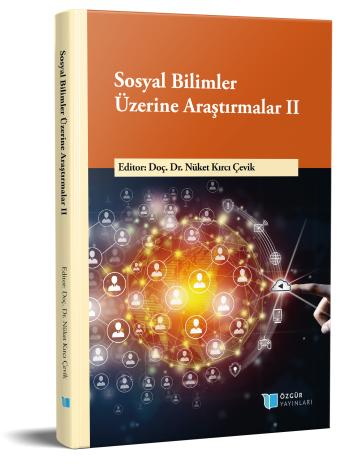
Roman Empire Period Votive Statuette of Hecate from Philomelion
Chapter from the book:
Kırcı Çevik,
N.
(ed.)
2023.
Research in Social Sciences - II.
Synopsis
This study covers the Hecate figurine, which is located in the region called Phrygia Paroreia in the Ancient Period and is exhibited in the Nasreddin Hodja Archeology and Ethnography Museum, which is affiliated to the Konya Akşehir Museum Directorate, in the Akşehir district of Konya province today. Although there are deficiencies in certain parts of the work, the fact that it is found as a single piece and especially the protection of the head allows us to evaluate the work. The Hecate statuette indicates the existence of local sanctuaries in the area. When evaluated together with the typological and iconographic features determined for the figurine, it is important to determine the belief structure and votive cultures in the region or settlement. The figurine most likely indicates its use either as a domestic cult or as a votive offering. The iconographic and stylistic evaluation of the Hecate figurine has been made, and it is considered suitable for dating to the first half of the 2nd century AD.

